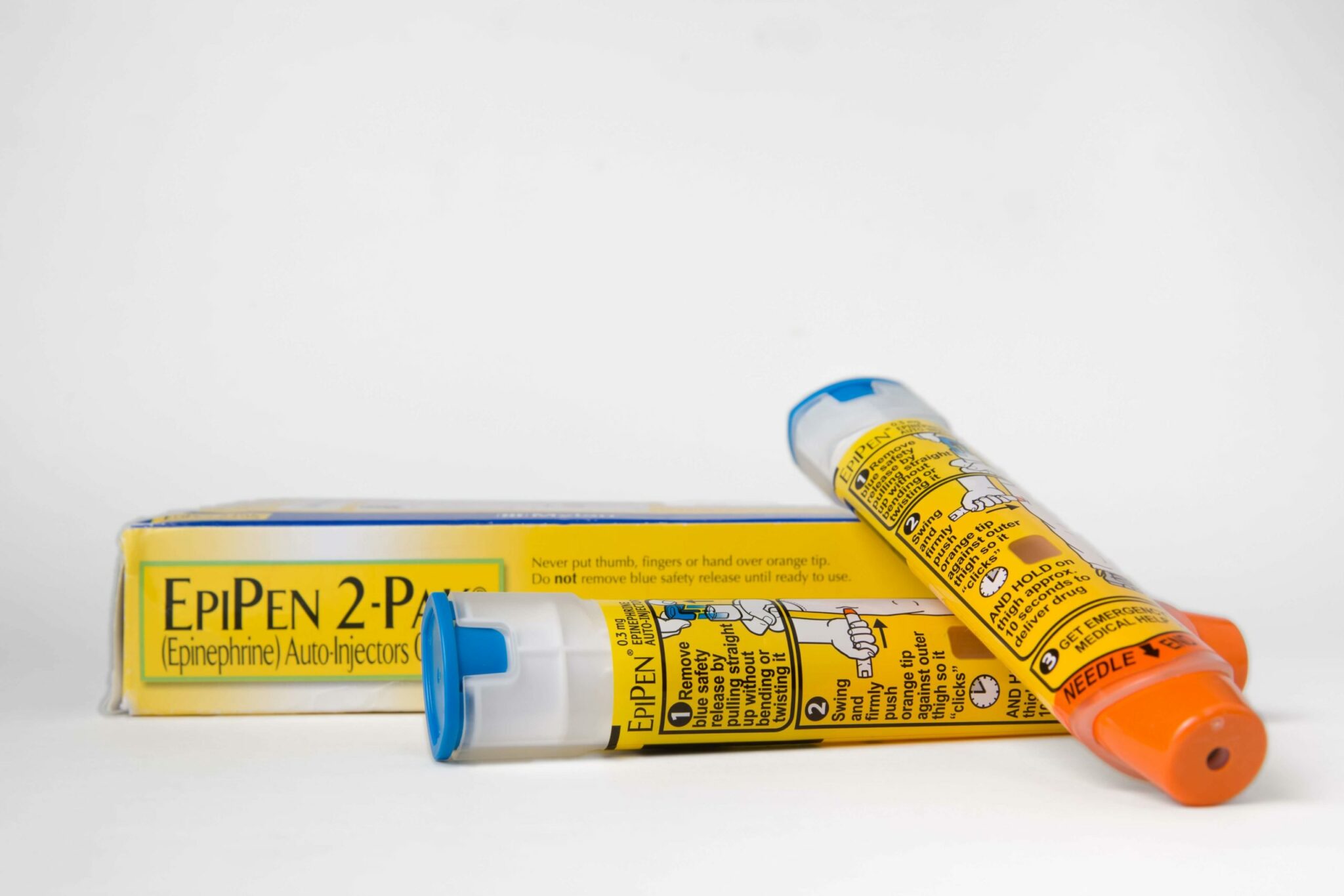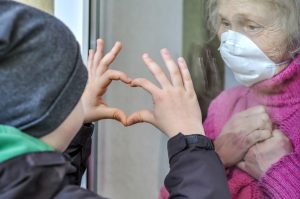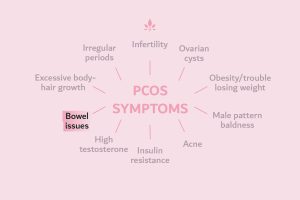What is Anaphylaxis and how is it Treated?

Anaphylaxis is a severe allergic reaction that requires immediate medical treatment before it turns life-threatening. It happens when your child’s immune system reacts to an allergen.
Some allergic reactions can be mild, resulting in itchy hives. Some can be more severe and progress rapidly, compromising a child’s breathing or circulation.
Often, food is the culprit for anaphylaxis—typically peanuts and tree nuts, milk, eggs, wheat, and shellfish. Other triggers include certain antibiotics, insect bites, latex, preservatives, and some pollens and molds.
Symptoms usually appear right after a child comes in contact with the allergen, but reactions may not occur until several minutes or hours later. Symptoms may not always be obvious; your child may feel a strange tingling sensation in the mouth, or may feel flushed and warm. Other symptoms can include shortness of breath, dizziness, vomiting, and diarrhea.
Children with severe allergies are likely prescribed injectable epinephrine in the form of an autoinjector, like an EpiPen®, which should be carried everywhere by you and your child (if age appropriate). Make sure your child’s caregiver or school also has one on hand. In cases of anaphylaxis, the epinephrine is injected directly into the thigh and quickly enters the bloodstream to reverse anaphylactic symptoms.
Your best method of protecting your child is to avoid the foods and other triggers that cause these symptoms. You may also want to have your child wear a medical identification bracelet.
If your child does have a severe allergic reaction, you should act quickly but remain calm. Call the emergency number to request immediate medical help, but be prepared to administer the injection of epinephrine yourself. Once medical professionals arrive, they may also place an oxygen mask on your child’s face to help with breathing, and may administer fluids through an I.V. Your child may be admitted to the hospital for observation.
Reviewed by Dr. Kristie Rivers, November 2018
Sources:
- Mayo Clinic, Anaphylaxis.
- Children’s Hospital of Wisconsin, Anaphylaxis.
- Medical University of South Carolina, Anaphylaxis.
Powered by Bundoo®










